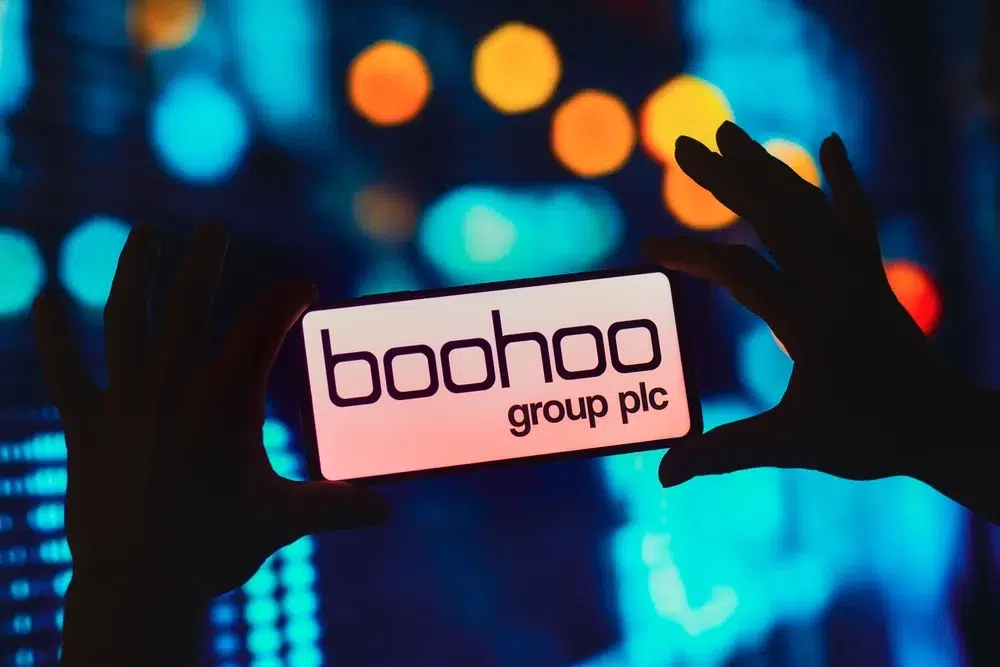London-based trends and marketing insights consultancy SCB Partners, part of Havas Media Group, looked at trends for 2015 across all sectors.
Discounter delicacies: Finally, consumers will be able to enjoy lobster, cognac, and caviar,without the risk of living on rye bread alone for the rest of the month. Discount grocery stores including Aldi and Lidl are offering previously considered unattainable and decadent delicacies at affordable prices. Aldi – which is opening a whooping 65 new stores in the UK, is offering 20 grams of Beluga caviar and fresh lobster per 240g both for a modest sum of £9.99.
Return of 80s icon brands: They‘re back. Moschino. Mugler. DKNY. Calvin Klein. These brands will re-appear from obscurity for the first time in years at stores from style leading stores including Selfridges, 10 Corso Como and Opening Ceremony.
Mennaissance: Brands are waking up to the fact that men are driving the growth in the luxury market. Expect to see new entrants into the menswear category in 2015 – rumours include Tory Burch, Victoria Beckham and even La Perla are launching men, while men‘s online emporiums Mr. Porter and East Dane continue to expand their footprint
Editorial direct shopping: In 2015, we‘ll see the early signs of buying
direct from editorial via the digital sites of consumers‘ favourite magazines. Brits will be able to buy clothing items, beauty and accessories right out of fashion shoots. In the future, advertising rates will be based less on readership numbers and more about how many items an article or episode sell.
Digital goes physical: Omni-channel is the buzzword, so much that
even digital retailers are now realising how important the experience of a physical store can be, and online retailers are going bricks and mortar. Online e-commerce giant Amazon is rumoured to be opening a permanent physical store in New York City, while Moda Operandi recently opened its London Belgravia store.
Consumities: Brands will look to become connectors by creating vibrant consumer communities where consumers can connect, share tips and opinions, and engage in conversation. Nike instigated the growing trend when it developed Joga.com during a World Cup – a social networking site for soccer fans who create smaller communities surrounding their interests, while simultaneously building brand loyalty and advocacy, while American beauty retailer Sephora is doing the same with beauty junkies.

















